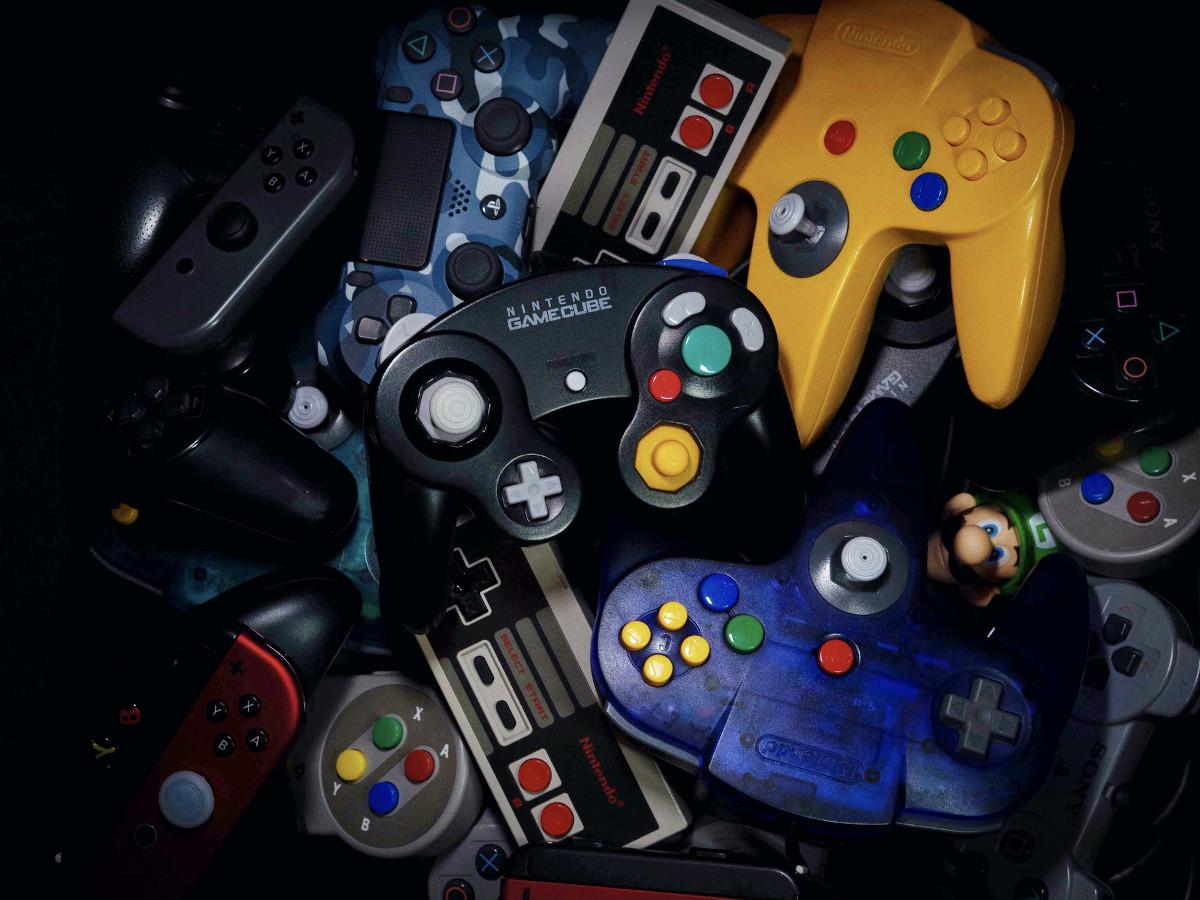Faster, better: AI delivers the competitive edge in video game development

Growing up, Grant Osborne played a lot of video games.
“It was the early 1990s, so I played a lot of Super Nintendo, Chrono Trigger, classic RPGs, Japanese RPGs, me and my brother would be playing all the early Mario Karts and all the Zeldas,” Osborne says.
By Kurtis Eichler
Years later, when Osborne began studying computer science at the University of Adelaide, he knew where he wanted to apply his skills.
“When I started doing software engineering at University, I wanted to use it to make games, and being an avid gamer, it was always a goal,” he says.
Since last year, Osborne has been the chief technology officer at Mighty Kingdom, one of the country’s largest independent video game developers. The Adelaide company has developed more than 50 mobile and console games for global companies including LEGO and Disney.

Grant Osborne, chief technology officer at Mighty Kingdom.
Mighty Kingdom, which boasts 50 million worldwide game downloads, has since teamed up with the Australian Institute for Machine Learning (AIML) to develop software tools that can harness AI in game development.
Osborne, who previously worked as AIML’s principal engineer, saw an opportunity for AI to be an important tool in the development of video games.
“Machine learning actually has a lot of adjacent skills, so a lot of the linear algebra and the things you need to do to make machine learning models work are also directly applicable over in the games industry.”
The video game industry is valued at more than $280 billion globally, with AI providing some new tools for developers to make their games better and faster.
Under their partnership, Mighty Kingdom and AIML have developed a chatbot which can translate simple written descriptions of game scenes and environments into 3D models.
The AI model can analyse the descriptions given to the chatbot and convert them into point clouds—a collection of virtual data points which help make up a 3D shape. The long-term goal of these technologies is to create something the developers call a ‘blob out tool’, a way of quickly sketching out game environments to see what is and isn’t working in a scene.
“A lot of effort gets put into building out art, building out scenes, and building out things you’re potentially going to throw away because it just might not be fun or it might not be working,” Osborne says.
AI is particularly useful in accelerating this early creative ideation phase of game development, and allows artists and developers to rapidly experiment with different game environments.
“What about if we make it set in the hills? Actually, no, make that a desert,” Osborne gives as examples.
Someone who helped bring the project to life was Aaron Lane, a lead engineer and data scientist at AIML. Lane says AIML conducted a brief scoping study to see where AI could be applied across the business.
While Mighty Kingdom wanted to prototype the blob out tool, they also wanted it to be something anyone in the company could use, which led to development of the chatbot interface built into the company’s internal collaboration platform, Slack.
Engineers generated 2D images using a guided denoising diffusion model—a text-to-image AI system able to generate photo-realistic images from written instructions. They then fed the 2D images into a single shot reconstruction model to convert them to 3D shapes.

Aaron Lane, data scientist and lead engineer at AIML.
“We iterated a little bit on that and tried out four or five single shot reconstruction methods and landed on one that did a reasonable job most of the time,” Lane says.
Trained on a wide variety of images and captions, the machine learning model learned how to associate various parts of a written sentence with different images.
By learning these associations, Lane says, engineers were able to feed it text and ask what the image would look like.
Ideation in game development can take several days. Osborne says AI could eventually reduce this down to 20 minutes, saving artists considerable time in building a product.
He sees AI as tool to augment and unleash human creativity, not replace it.
“The same way Photoshop unleashed digital art in the ‘90s, generative AI will be another tool for skilled artists.”
Generative AI can take some of the workload in filling out game scenes, allowing artists to focus their time on crafting high quality assets, Osborne says.
“They free themselves up to go and create the hero pieces or to go and create the really handcrafted and fine-tuned things which I think still requires that human touch.”
Osborne says the blob out tool could give the company a competitive advantage when competing for work against some of the big-name developers.
“If, for example, we’re pitching on work and the ideas we come up with are able to be more fleshed out, actually getting to prototype stages… even for a pitch, that gives us a competitive advantage,” Osborne says.
“Even though we might be more expensive, we’re able to produce more, we’re able to get to cool ideas more quickly.
“That’s the edge.”
